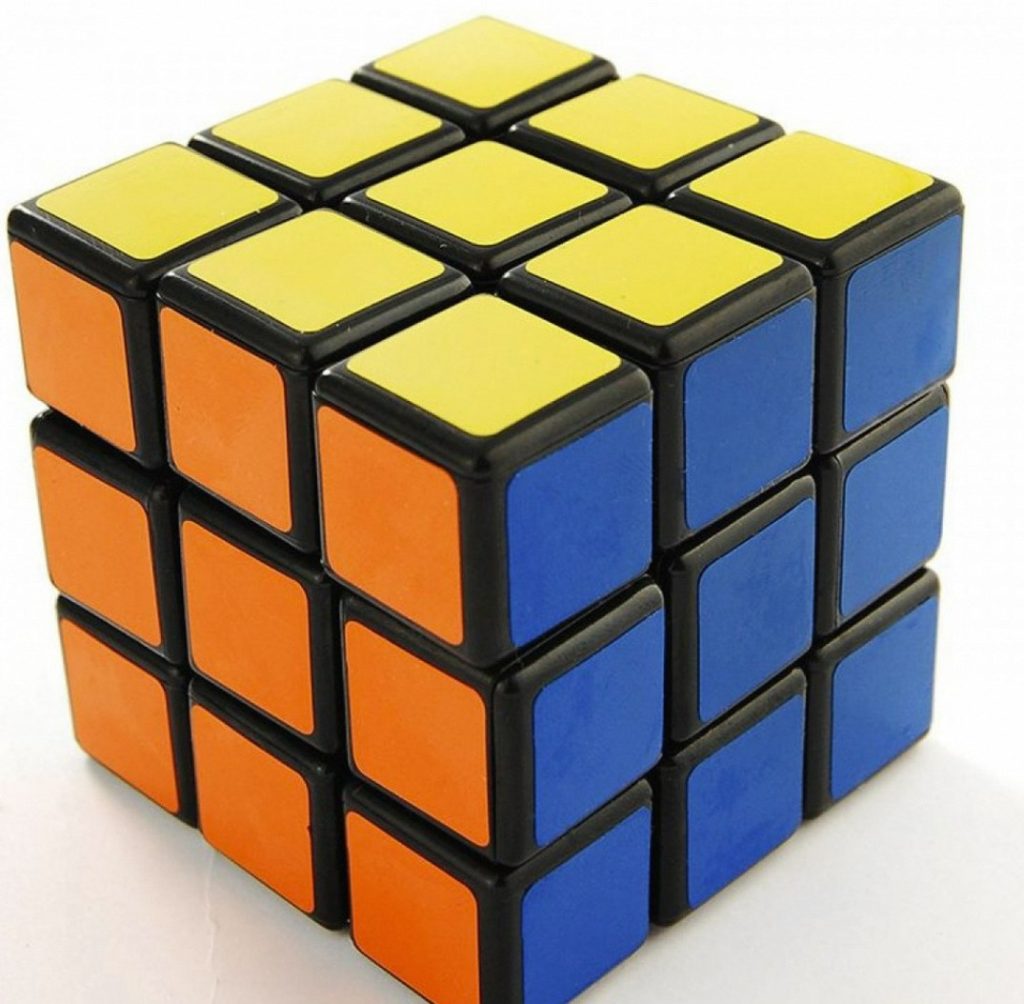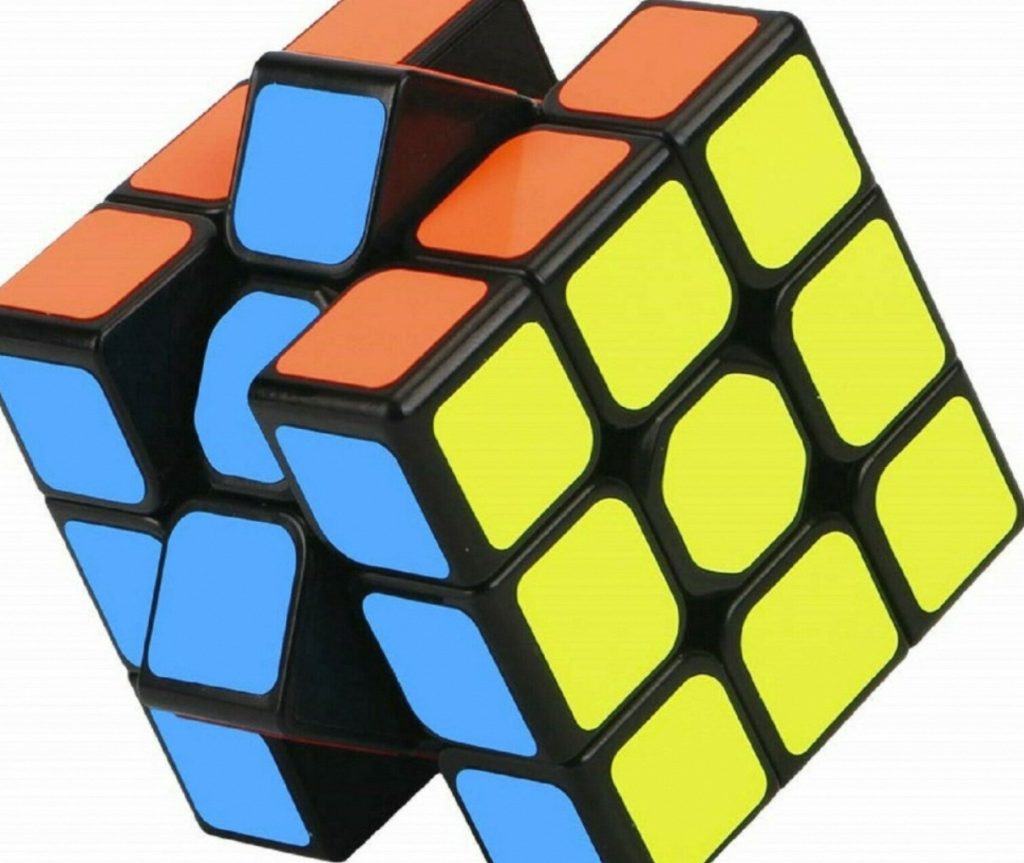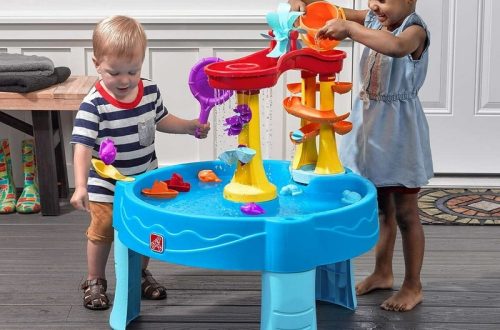The iconic Rubik’s Cube, a seemingly simple puzzle with a surprising amount of depth, has challenged and entertained minds for decades. While solving it might appear daunting at first, with the right approach, you can be well on your way to becoming a cubing champion. This guide will unveil a simplified strategy for conquering the Rubik’s Cube – the Beginner’s Method. This method breaks down the solving process into manageable steps, making it ideal for beginners.
Part 1: Understanding the Cube

The Language of Cubes:
Before diving into the solution, it’s crucial to understand how cubers communicate their moves. Each face of the cube has a designated letter (F – Front, B – Back, R – Right, L – Left, U – Up, D – Down). A single letter represents a 90-degree clockwise turn of that face, while a prime symbol (‘) indicates a counter-clockwise turn. For instance, R’ signifies a 90-degree counter-clockwise turn of the Right face.
Cube Anatomy:
To enhance your understanding of the Rubik’s Cube and streamline the process of following solution steps, it’s beneficial to become familiar with basic cube terminology. The “center piece” refers to the immutable cubelet positioned at the middle of each face, serving as a pivotal reference point. Conversely, an “edge piece” interacts with two distinct colored faces, and a “corner piece” is in contact with a combination of three colors. These terms provide essential insights into the structural composition of the cube and the interactions between its components. Deeper comprehension of these fundamental terms facilitates a clearer visualization of the cube’s mechanism and aids in grasping the sequence of solution steps. By incorporating these terms into your approach, you gain a more comprehensive understanding of the cube’s complexity, enabling you to navigate its intricacies with greater confidence and agility. This foundational knowledge paves the way for a more intuitive and strategic application of solution algorithms, as you can better interpret and anticipate the movements and orientations of the cube’s components.

Part 2: The Beginner’s Method in Action
The Beginner’s Method tackles the Rubik’s Cube layer by layer. Here’s a breakdown of the first two layers:
Building the White Cross (First Layer):
Choose a face (typically white) to be the “top” face. The objective here is to form a white cross on the top with white corner pieces positioned correctly around the edges.
Identify the four edge pieces with white on them. Using specific algorithms (a sequence of moves), maneuver these edge pieces to their designated slots on the top layer, ensuring the white and another color line up correctly. Numerous beginner-friendly algorithms are readily available online and in resources like [books on solving Rubik’s cube].
Conquering the Middle Layer:
Once the white cross is successfully assembled, the focus shifts to addressing the middle layer, positioned below the white face of the Rubik’s Cube. At this stage, each center piece in the middle layer should be flanked by edge pieces sharing the same color. To achieve this configuration, it’s essential to utilize strategic algorithms specifically designed to position the edge pieces correctly within the middle layer. These algorithms are instrumental in manipulating the top and bottom layers while preserving the integrity of the established white cross. By applying these algorithms, you can maneuver the edge pieces into their designated slots in the middle layer. This aligns them with their corresponding center pieces. This step requires careful attention to detail and precise movements. It contributes to completing the middle layer systematically. Embracing this approach helps you progress through the solving process with clarity and purpose. You can steadily work towards achieving a fully resolved middle layer.

Part 3: Advanced to Awesome – Solving the Final Layers
The final two layers involve solving the top yellow face and orienting the last layer edges.
Forming the Yellow Cross (Third Layer):
The third layer should have yellow center pieces, but the edge pieces might be mismatched. The goal here is to create a yellow cross on the top face, similar to how you created the white cross in the first layer.
Algorithms come into play again to move the yellow edge pieces around until a yellow cross is formed. Once achieved, the next step focuses on correctly orienting the yellow edges.
Positioning the Yellow Edges (Last Layer):
The final step involves arranging the yellow edge pieces so that each has yellow on the top and its corresponding color on the side. This might seem complex, but it can be accomplished with a few algorithms.
These algorithms will manipulate the last layer pieces to achieve the desired configuration. With practice and proper execution, you’ll be solving the Rubik’s Cube in no time.
Part 4: Practice Makes Perfect – Tips for Mastering the Cube

Mastering the Rubik’s Cube takes dedication and consistent practice. Here are some tips to elevate your cubing skills:
Smooth & Precise Turns:
As you practice the algorithms for solving the Rubik’s Cube, prioritize achieving smooth and controlled rotations of the cube’s faces. Focusing on precise and fluid movements can improve your speed and minimize potential mistakes.
Controlled rotations provide stability and accuracy, helping to maintain the cube’s layout and reduce the likelihood of misaligning its components. Consistent and deliberate maneuvers contribute to a more streamlined solving process, allowing you to progress efficiently and with greater precision.
Striving for smooth rotations helps you develop an intuitive understanding of the cube’s mechanics, facilitating a more seamless and confident solving experience. This attention to controlled movements not only enhances your solving capabilities but also fosters a more fulfilling and rewarding experience as you continue to refine and improve your skills.
Visualize the Cube:

During practice, try to visualize the cube in your mind as you execute the algorithms. This mental imagery can help solidify your understanding of how the moves affect the cube’s overall state.
The Beginner’s Method is a stepping stone on your Rubik’s Cube solving journey. With consistent practice and the abundance of available resources, you’ll soon be able to impress your friends and family with your newfound cubing prowess. Remember, solving the Rubik’s Cube is a rewarding challenge, so have fun and enjoy the process!




